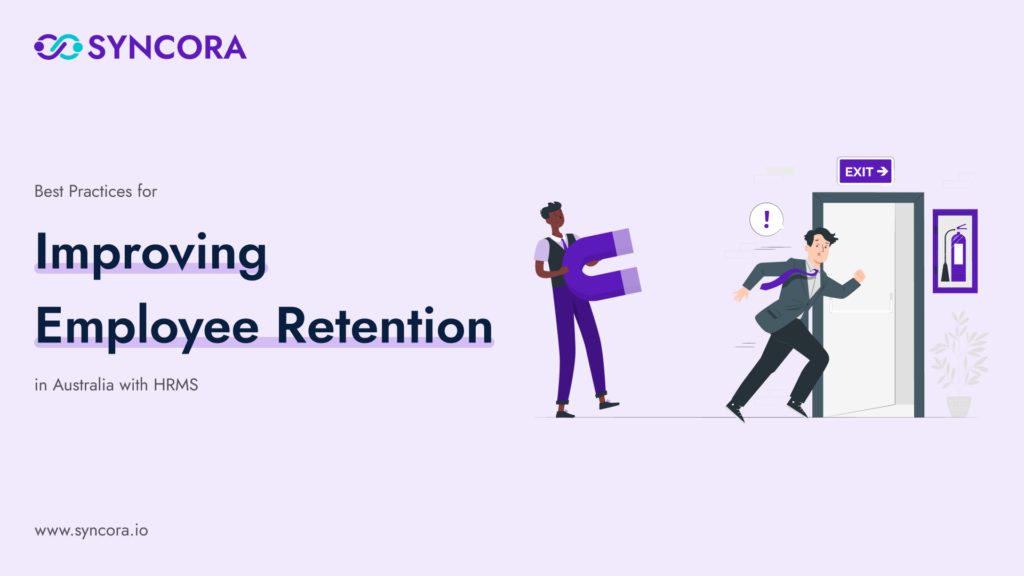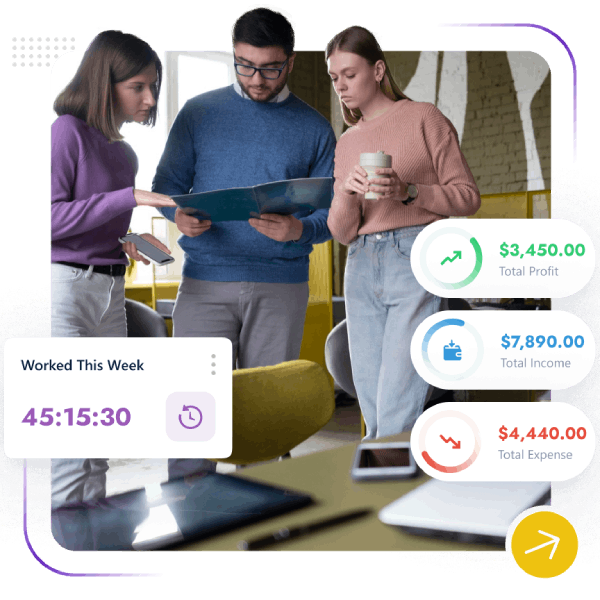How confident are you that your top talent will stay with your organization over the next year? In today’s competitive job market, keeping employees motivated and satisfied has become a priority.
Lack of growth opportunities, unruly managers or dissatisfaction amongst employees are some causes of high turnover rates in organisations. It not only disrupts productivity, but also drives up costs and affects the morale of the workforce.
Therefore, retaining the best talents in any workplace is a priority.
Irrespective of the size of your organisation, you will likely want to retain your employees, whether they have been with you from the start or the past six months.
If you are wondering how to retain your best employees, worry no more. Make the best use of a well-designed, scalable HRM software.
With the help of its advanced features, HRIS can give you detailed insights regarding your employees, helping you make the right strategies for their retention.
Believe it or not, four out of five (78%) business leaders believe employee retention is a critical business need.
Yet, sadly, it is one of the toughest challenges that HRs, globally, have to face.
Innumerable companies in Australia and New Zealand struggle with retaining their employees.
According to a report published by the Australian Industry Group, on an average, the attrition rate in the country last year was 9.5%. This means that approximately 1.3 million employees changed their jobs within a year.
The statistics of New Zealand’s job market are also concerning.
MyHR’s data reveals that many industries in the nation are experiencing elevated employee turnover rates, ranging from 28% to 46% over the past year.
What concerns me is the fact that this is not restricted to Australia or New Zealand alone; it is a global crisis!
However, did you know that companies across the globe can prevent 75% of voluntary turnover by promoting employee satisfaction in the right manner?
Fortunately, the best HRM software in Australia can address these challenges and help managers run their organisations smoothly. With the right use of HRM software solutions, employers can identify the causes of a high turnover rate and implement the right strategies to retain their best brains.
In this blog, I have discussed what employee retention is and how a well-designed HRIS can help implement the best practices for employee satisfaction.
What is Employee Retention?
Employee retention refers to a company’s ability to hold onto its employees and reduce their turnover.
But why is retaining them so important for businesses?
When professionals stay longer at a workplace, it creates a more stable workforce, making it easier to maintain productivity, morale, and a positive company culture.
A high retention rate highlights the success of your company at preserving the knowledge, expertise, and experience of your workforce, which are critical to achieving long-term goals.
Struggling with high turnover can be costly, both in terms of time and money, as hiring and training new employees require significant resources. A low turnover rate helps businesses save on these costs.
So, what is a good retention rate that companies should aim for?
Ideally, the retention rate should be 90% or higher, meaning that 10% or less of employees are leaving over a given period.
Key Takeaways
- Australian employees report lower overall satisfaction, with only 71% feeling content compared to 75% globally.
- The Ministry of Business, Innovation, and Enterprise (MBIE) recently reported that New Zealand’s annual average employee turnover rate is 30.4%.
- According to Mercer’s 2023 Salary Budget Snapshot survey, 60% of Australian employers still struggle with hiring or retaining employees for certain roles.
- Only 40% of employed people in Australia feel they currently have opportunities for advancement.
- 26% of employees believe special workplace perks are an effective strategy for improving retention.
Best Employee Retention Strategies in Australia and New Zealand
Improving employee retention requires a proactive approach. The focus is to create a supporting and healthy work environment that keeps employees motivated and allows them to enjoy their day-to-day responsibilities. Below, I have discussed some effective practices that will help.
Use Comprehensive Hiring Practices
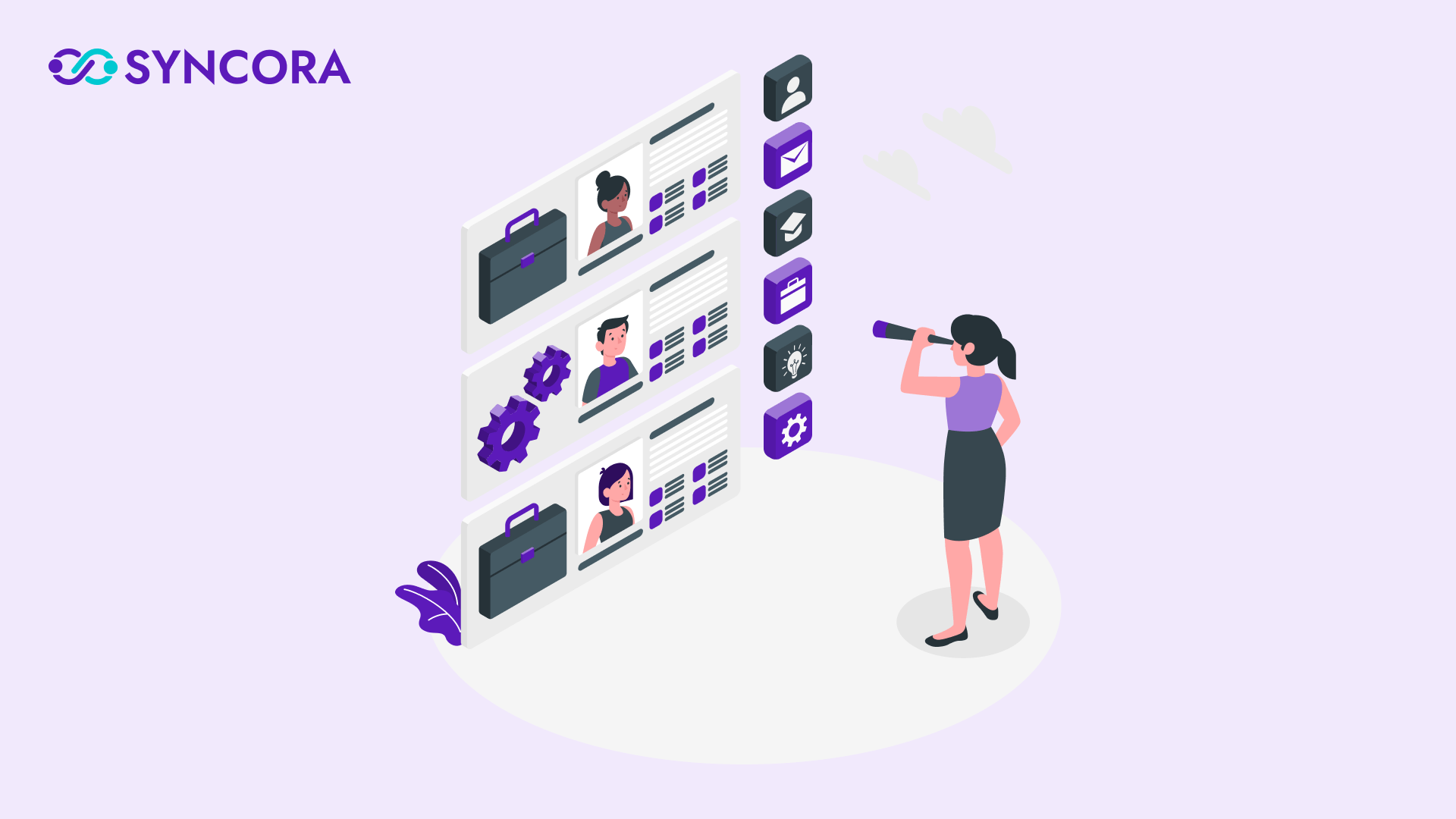
Employee retention starts with hiring the right people.
It begins with a recruitment process that ensures you’re bringing in the right talent.
Avoid dragging out the hiring process; long waits can drive candidates away.
However, hiring candidates solely based on their skill set and potential isn’t enough; cultural fit is important too!
A study by the Robert Walters Group found that 73% of professionals leave jobs due to a poor cultural fit.
A user-friendly Human Resource Management System can streamline the hiring process for employers.
- It will help them quickly sort through resumes, identify qualified candidates, and schedule interviews efficiently, saving valuable time.
- The best part is all information and resumes related to candidates are stored in one place, allowing HRs to easily review and compare applications.
- Additionally, the software can also assist in assessing cultural fit through customised questionnaires.
Strive to Create Supportive Work Environments
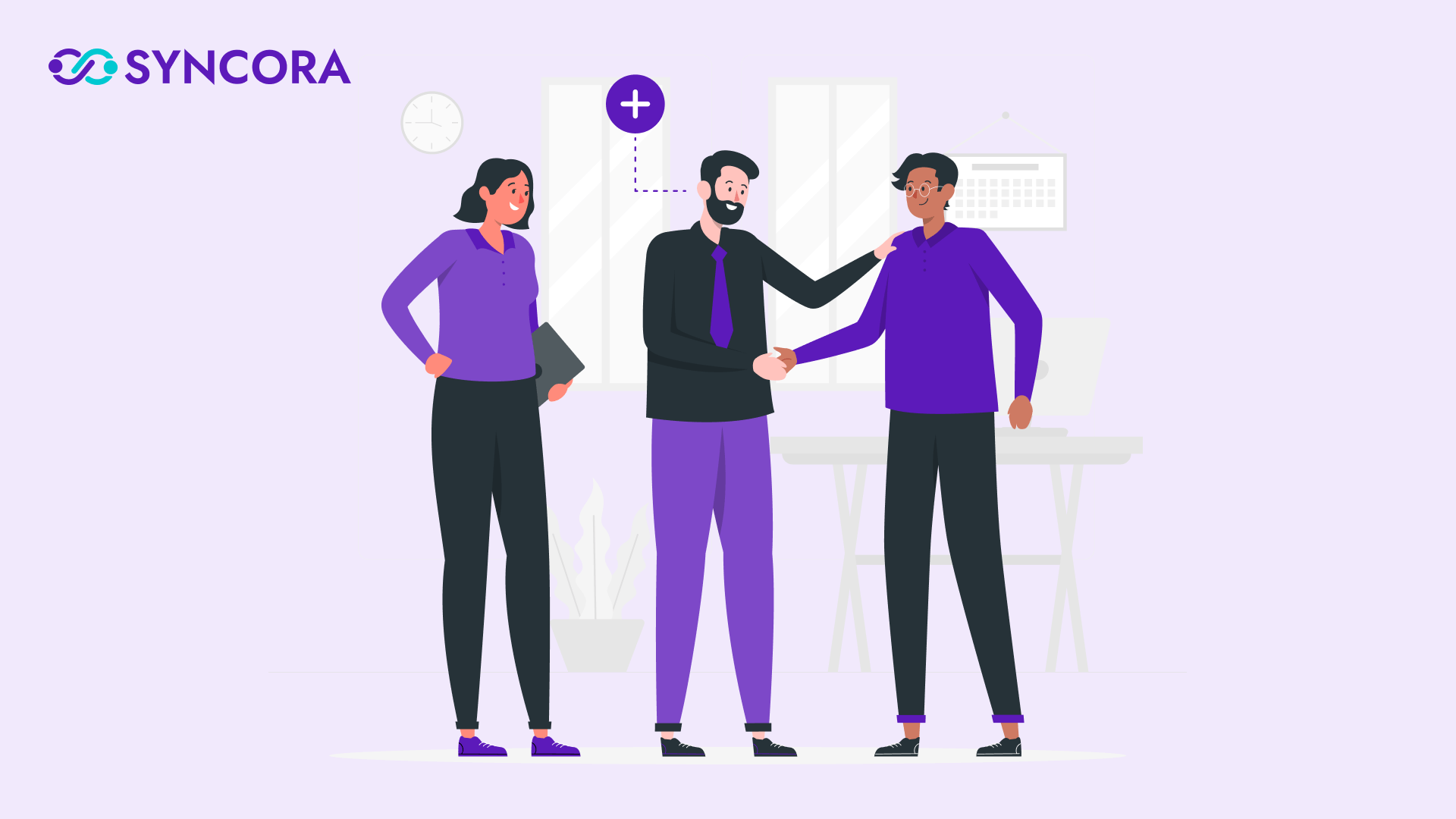
Research shows that a positive and inclusive workplace culture plays a vital role in employee satisfaction and hence, retention.
I discovered that 79% of candidates check a company’s values, including its mission and vision, before applying from a study by Glassdoor.
Creating an engaging workplace can go a long way. Employees thrive in environments where they feel supported, which is crucial for retention.
Effective retention strategies include providing ample on-the-job training, ensuring clear and open communication, and offering attractive benefits and perks.
Performance Management and Goal Setting
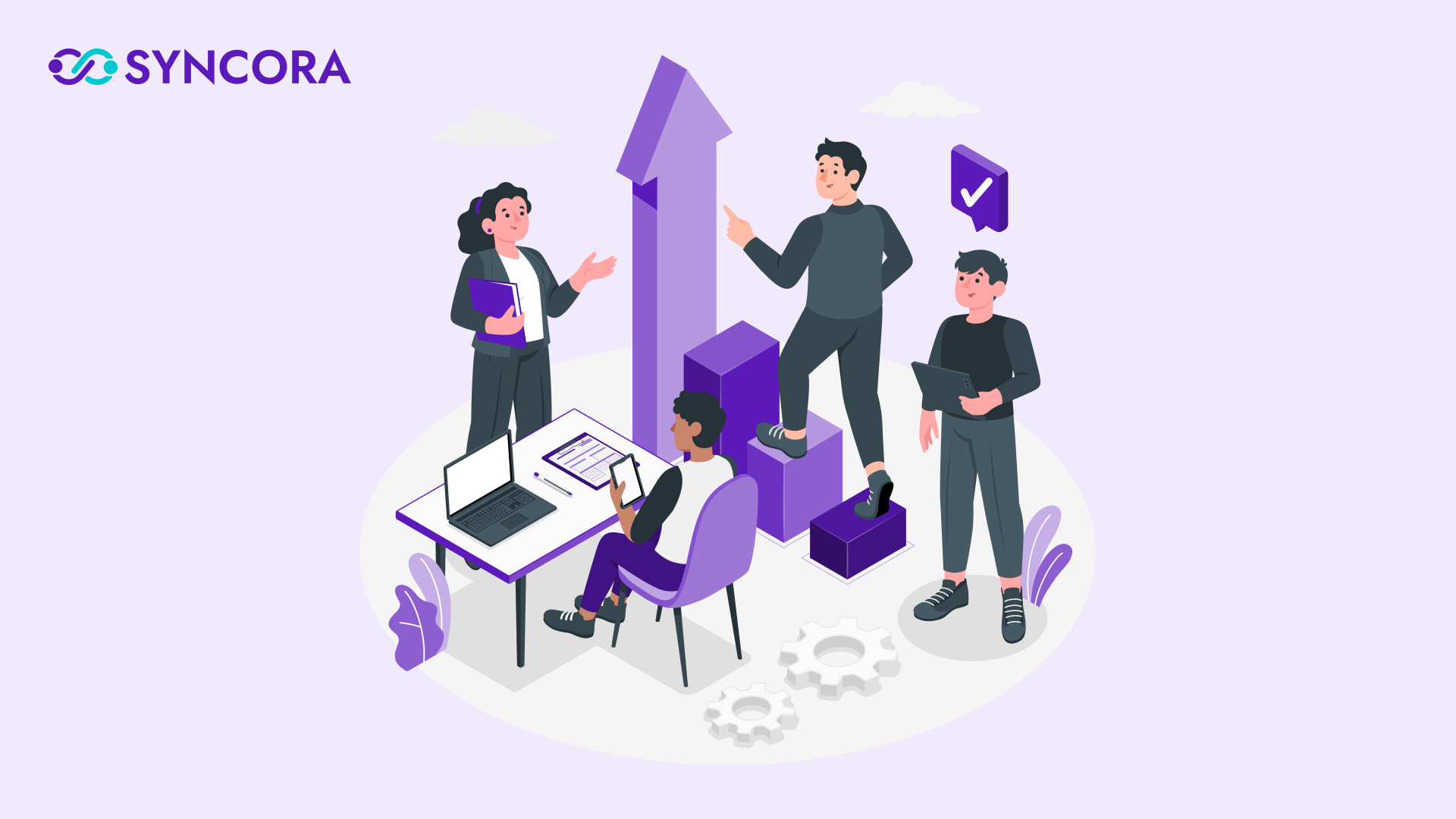
As an HR, it’s imperative to ensure that your workforce feels engaged and motivated to give their best. Therefore, effectively monitoring their performance and setting achievable goals for them are essential.
HRMS can assist HRs in tracking their performance, setting goals, and providing real-time feedback.
- This allows them to know about their employees’ strengths and weaknesses.
- They can intervene at the right moment to provide guidance and development opportunities to those in need.
- By monitoring performance, employees can also identify their skill gaps and work on themselves accordingly.
Provide Proper Training and Development
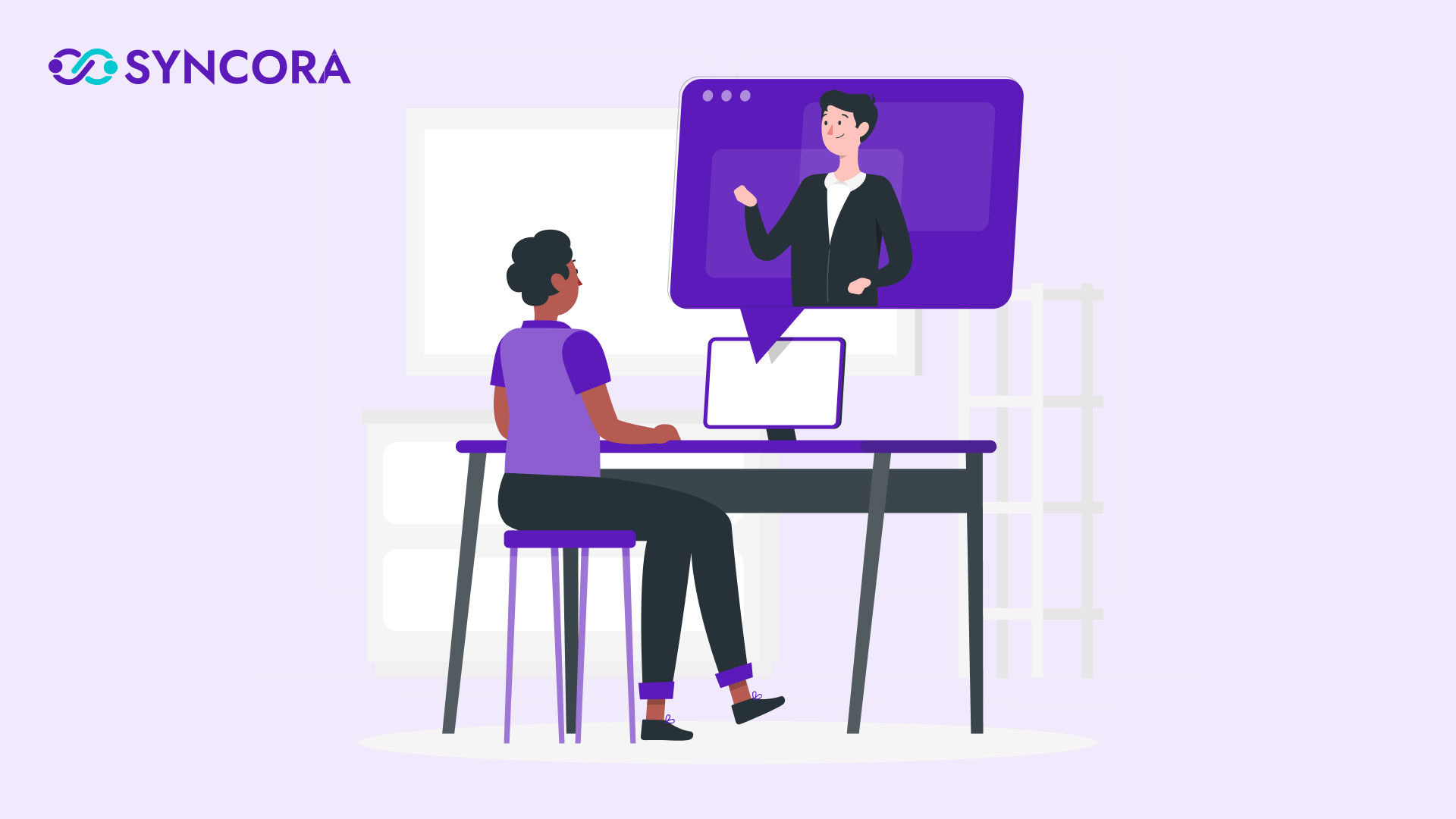
Employee training and development play a vital role in retaining staff.
When job training is insufficient, employees can feel unprepared, which may negatively affect their performance.
If employees feel they cannot perform effectively, they may seek opportunities elsewhere that offer robust onboarding and on-the-job training.
Considering the severe talent retention crisis in New Zealand, businesses there can utilise the best HRM software in New Zealand to provide proper training to employees.
- It can be instrumental in addressing these challenges by helping organisations create personalised learning and development plans catering to every employee’s needs.
- The software also allows managers to track progress and check whether employees are meeting their goals while providing them with the necessary resources and support along the way.
- Integrated business solutions like HR software makes access to training materials and development resources easier, thus allowing managers to implement comprehensive training programs for all.
By creating a culture of continuous learning and improvement, you can deliver a supportive environment when employees can grow and thrive.
Always Communicate
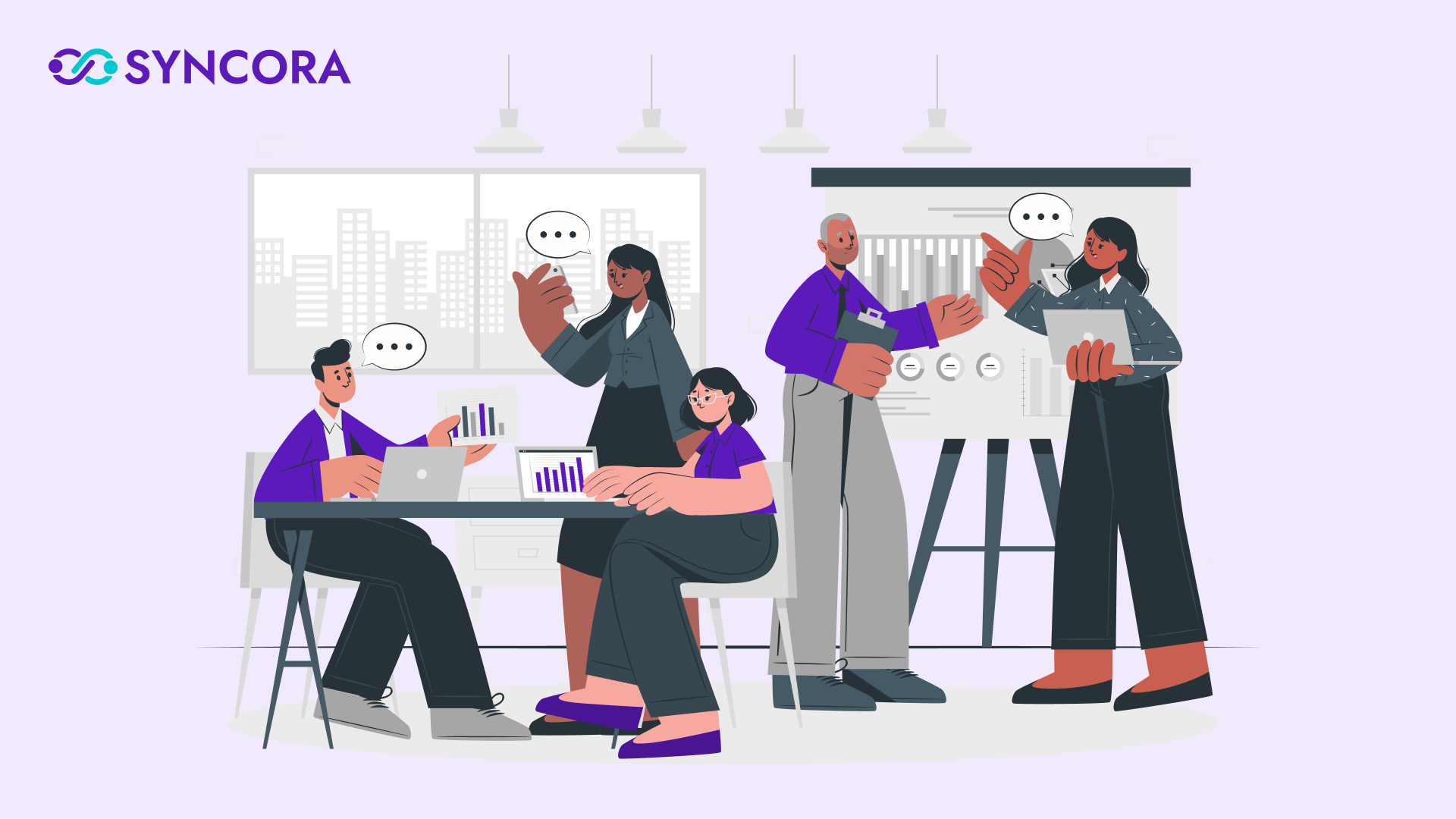
When employees clearly understand what is expected of them and have open channels for discussion, they feel more confident and prepared for their roles.
They are also more likely to ask questions when they need clarification, instead of hesitating and drawing conclusions on their own.
As a human resource manager, it is present yourself approachable.
For instance, instead of remarking, ‘‘You need to improve’’, say, ‘‘Next time, I expect better results in these areas. Don’t hesitate to ask me for assistance in case of problems.’’ This approach not only has a positive tone, but also conveys that you are there to help your employees in times of need.
Employees are always eager to know how their individual contributions play a role in the organisation’s overall success. As managers, it is your duty to keep their spirits high.
Offer Benefits and Perks
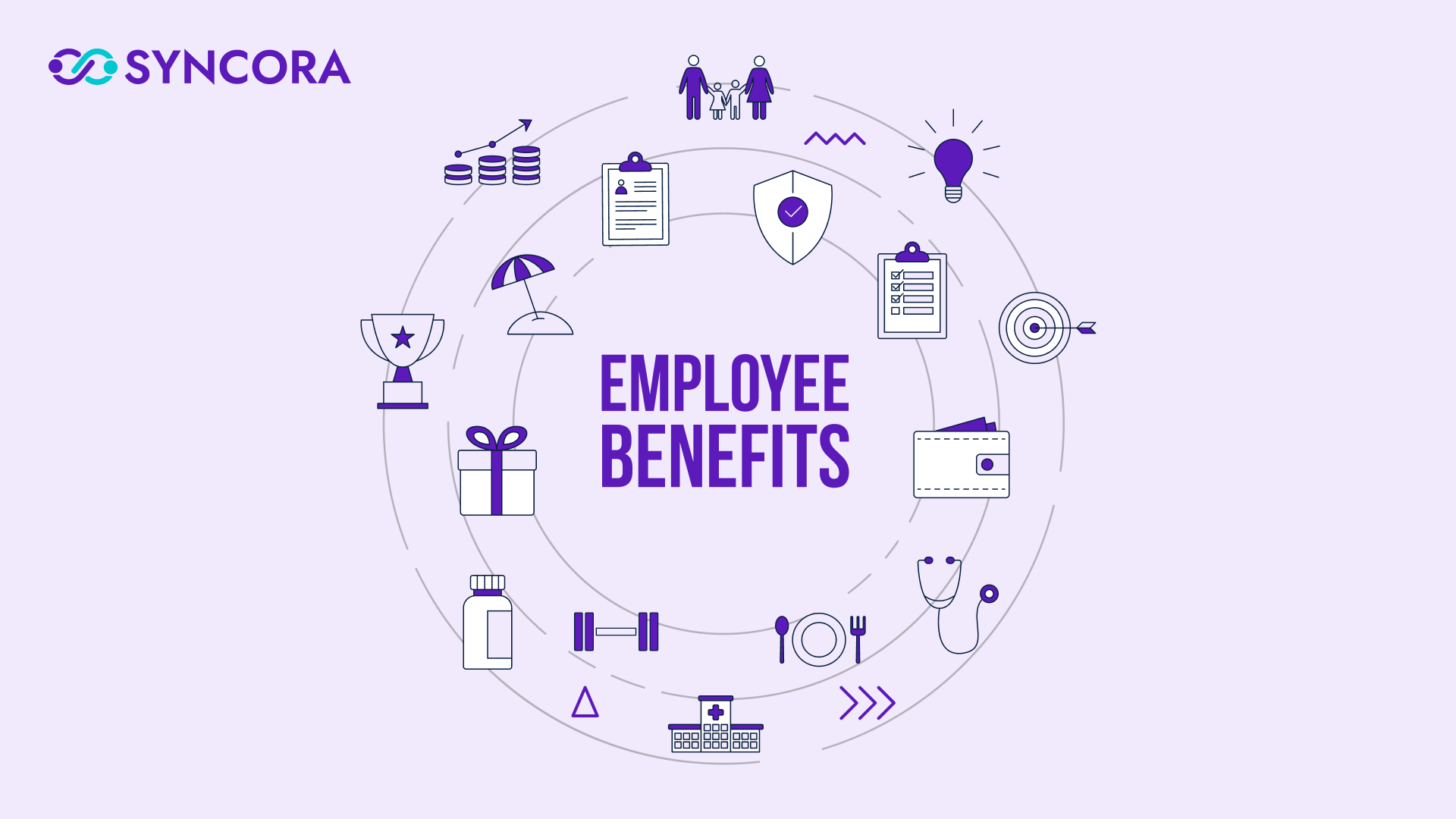
Benefits and perks play a crucial role in employee retention. Providing these offerings demonstrates that you genuinely care about your employees’ well-being, giving them a sense of security in their lives.
For instance, health insurance allows employees to access the care they need when they fall ill.
Additional perks can include fitness discounts, access to corporate deals, or even complimentary coffee in the workplace.
Create Internal Recognition Programs

Want to make your employees feel valued and appreciated?
Implementing internal award programs can be a great way to do just that.
Recognising employees for their hard work not only shows them that you appreciate their contributions, but it also lets their coworkers see the positive impact they’re making.
You might set up a peer recognition program where team members can nominate each other for their achievements, or create manager-nominated awards for outstanding performance. Many companies also use employee recognition tools integrated with their HRM software.
Encourage a Proper Work-Life Balance
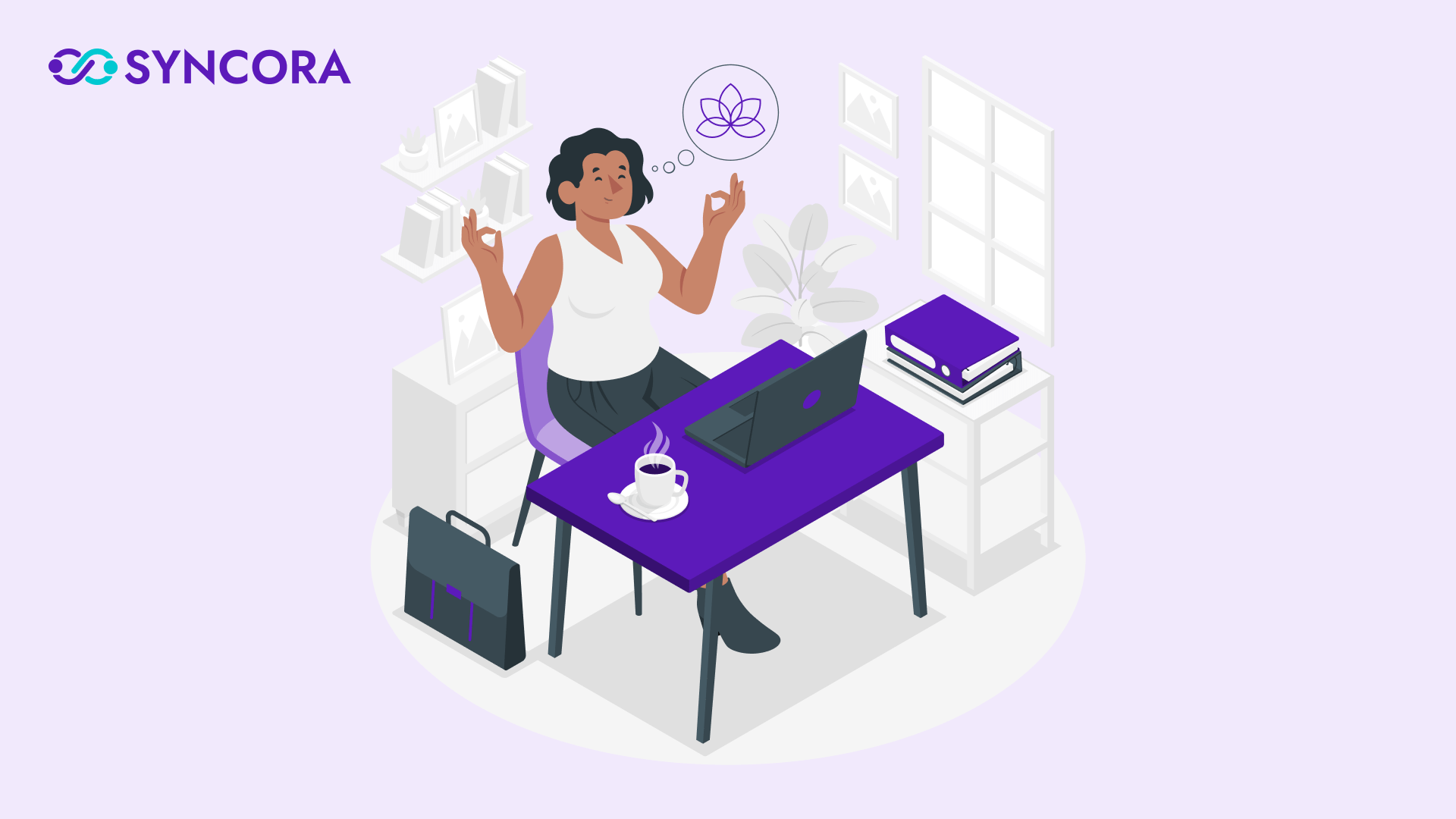
When employees feel like they’re expected to be in work mode 24/7, stress and burnout are often the result. This can push them to seek opportunities elsewhere—where a healthy work-life balance is valued.
To counter this, encourage your team to maintain a balance between work and personal life, and help them set clear boundaries.
Use the latest HRM software solutions to keep a track of their work hours.
It also allows managers to track employee workloads, ensuring that no one is consistently working overtime or taking on too many tasks.
HRMS systems can additionally provide insights into overall employee well-being through surveys and feedback tools.
HRM Software is The Key to Driving Employee Retention
Today’s employees want to know how their employer values them, what opportunities lie ahead, and how they fit into the company’s future.
They’re looking for personal growth alongside the company’s success.
With the right HRMS tools, managers can get a deeper understanding of their employees’ needs and aspirations.
This allows them to come up with strategies that effectively reduce turnover.
When employees feel valued, supported, and inspired, they’re more likely to stay and contribute their best.
By focusing on creating a positive work environment and utilising Human Resource Information System(HRIS) to understand and support your team, you can transform your employees into your company’s greatest asset!
